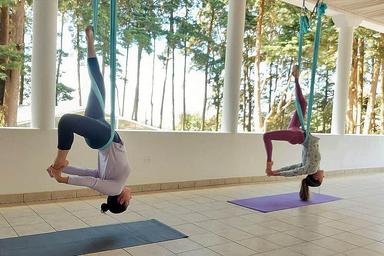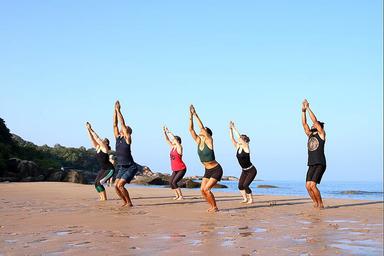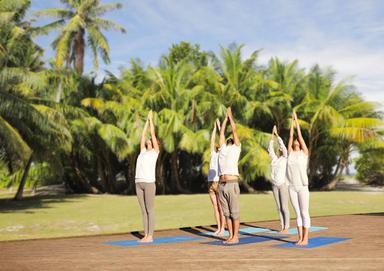
Every Man's Battle: Testicular Cancer
26 Oct, 2023
 Healthtrip Team
Healthtrip TeamTesticular cancer may not be a commonly discussed topic, but it is a reality that every man should be aware of. This type of cancer primarily affects young and middle-aged men, making awareness and early detection crucial. In this blog, we will delve into the types, symptoms, causes, diagnosis, treatment, risk factors, complications, and prevention strategies associated with testicular cancer. We'll also shed light on the outlook for those diagnosed with this condition.
Most popular procedures in India
Testicular cancer
Testicular cancer is a rare kind of cancer that starts in the testicles, the parts of a man's body responsible for making sperm and hormones. It's most often found in young and middle-aged guys. If it's caught early, it can usually be treated and cured.
Wellness Treatments
Give yourself the time to relax
Lowest Prices Guaranteed!

Lowest Prices Guaranteed!
Type of testicular cancer
A. Seminoma:
Seminoma is a relatively less aggressive form of testicular cancer. It tends to grow slowly and is often found in men between the ages of 25 and 45. Seminomas are sensitive to radiation therapy and typically respond well to treatment. This type of testicular cancer is further categorized into two subtypes:
- Classic Seminoma: This is the most common subtype, and it usually presents as a painless testicular mass. It has a high cure rate when detected early and is often treated with surgery (orchiectomy) followed by radiation therapy or chemotherapy, depending on the stage.
- Spermatocytic Seminoma: This is a rarer form of seminoma that primarily affects older men. It tends to grow even more slowly than classic seminoma and is less likely to spread. Treatment for spermatocytic seminoma may involve surgery, but it is less likely to require additional therapies like radiation or chemotherapy.
B. Non-Seminoma:
Non-seminoma is a more aggressive form of testicular cancer that grows and spreads rapidly. It often occurs in younger men, including teenagers and those in their early twenties. Non-seminomas comprise several subtypes, which can sometimes be present together within the same tumor. These subtypes include:
- Embryonal Carcinoma: This is an aggressive type of testicular cancer that tends to spread quickly. It often requires a combination of treatments, including surgery, chemotherapy, and sometimes radiation therapy.
- Yolk Sac Tumor: Yolk sac tumors are most commonly found in young men and adolescents. They are highly treatable, with a good prognosis when detected early. Treatment typically involves surgery and chemotherapy.
- Teratoma: Teratoma tumors may contain elements like hair, teeth, and other tissues. Some teratomas are benign, while others can be cancerous. Treatment depends on whether the tumor is benign or malignant and may include surgery and chemotherapy.
- Choriocarcinoma: Choriocarcinoma is a very rare but highly aggressive form of testicular cancer. It often requires intensive chemotherapy as the primary treatment.
- Mixed Germ Cell Tumors: Some testicular cancers are a mixture of different cell types (e.g., a combination of seminoma and non-seminoma). Treatment plans for mixed germ cell tumors are tailored based on the specific types of cells involved.
Diagnosis of Testicular Cancer:
Diagnosing testicular cancer is a crucial step in determining the presence, type, and stage of the disease. Healthcare professionals employ a combination of diagnostic methods to ensure an accurate assessment. These methods include:
a. Physical Examination:
A key component of diagnosing testicular cancer is a thorough physical examination conducted by a healthcare provider. During this examination, the healthcare provider carefully evaluates the testicles and the surrounding area. They check for any noticeable abnormalities, such as the presence of painless lumps, swelling, or changes in the size, shape, or texture of the testicles. This initial assessment serves as an essential first step in identifying potential issues within the testicles.
b. Imaging Tests (Ultrasound):
Following the physical examination, an ultrasound is often employed as a non-invasive imaging technique to visualize the testicles in greater detail. Ultrasound uses high-frequency sound waves to generate precise images of the testicular structures. It provides a clear picture of any abnormalities or irregularities within the testicles, aiding in the early detection of potential cancerous growths.
c. Blood Tests (Tumor Marker Tests):
Blood tests are a crucial component of testicular cancer diagnosis. Specifically, tumor marker tests are performed to assess the levels of certain markers associated with testicular cancer in the bloodstream. The primary tumor markers used for this purpose are alpha-fetoprotein (AFP) and beta-human chorionic gonadotropin (?-hCG). Elevated levels of these markers can be indicative of the presence of testicular cancer, and monitoring their concentrations aids in the diagnostic process.
d. Biopsy (Rarely Done):
In rare cases where a clear diagnosis cannot be reached through physical examination, ultrasound, and tumor marker tests, a biopsy may be considered. A biopsy involves the removal of a small sample of testicular tissue for microscopic examination. However, biopsies are not commonly performed due to the potential risk of spreading cancer cells. Instead, the diagnosis is typically confirmed through the combination of physical examination, ultrasound, and tumor marker tests, which are usually sufficient for an accurate assessment.
e. Staging:
Once testicular cancer is confirmed, staging is essential to determine the extent of the disease's spread. This often involves additional imaging tests, such as CT scans or MRI scans, to assess if cancer has reached nearby lymph nodes or metastasized to other parts of the body. Staging is crucial in guiding treatment decisions and providing a comprehensive understanding of the cancer's progression.
Treatment of Testicular Cancer:
Let's explore the treatment of testicular cancer in more depth, including advanced treatment options:
1. Initial Treatment: Orchiectomy
The primary treatment for testicular cancer is surgical removal of the affected testicle, known as orchiectomy. This procedure is essential for confirming the diagnosis and determining the specific type of testicular cancer. Orchiectomy is highly effective, especially when the cancer is in its early stages.
2. Adjuvant Therapies: Radiation and Chemotherapy
Depending on the type and stage of testicular cancer, adjuvant therapies may be recommended to reduce the risk of cancer recurrence. These therapies include:
- Radiation Therapy: Radiation therapy uses high-energy X-rays to target and destroy cancer cells. It may be utilized when there is a higher risk of cancer returning after surgery or if cancer has spread to nearby lymph nodes. Radiation therapy is localized, minimizing harm to healthy tissue.
- Chemotherapy: Chemotherapy involves the use of potent drugs to kill or slow the growth of cancer cells. It can be administered after surgery to eliminate any remaining cancer cells or as the primary treatment for more advanced cases. The choice of chemotherapy drugs and treatment duration depends on the specific type and stage of testicular cancer.
3. Advanced Treatment Options:
For cases where testicular cancer has advanced or spread, more aggressive treatments may be required. These advanced treatment options include:
- High-Dose Chemotherapy with Stem Cell Transplantation: In highly advanced cases, especially when conventional chemotherapy is ineffective, high-dose chemotherapy may be considered. Stem cell transplantation is often performed following high-dose chemotherapy to aid in the recovery of the bone marrow.
- Surgery for Metastases (Metastasectomy): Surgery may be an option to remove cancer that has spread to other organs or distant lymph nodes. This procedure, called metastasectomy, is considered when surgical removal of metastatic lesions is feasible. It is typically performed in specialized centers by experienced surgeons.
- Targeted Therapies: Ongoing research explores targeted therapies designed to specifically target the unique characteristics and signaling pathways of cancer cells. While still under investigation, these therapies hold promise for offering more effective and less toxic treatment options for advanced cases.
- Clinical Trials: Participation in clinical trials is another advanced treatment option for testicular cancer patients. Clinical trials evaluate new therapies, treatment combinations, or approaches to enhance outcomes. They may be considered when standard treatments have limited effectiveness, providing access to innovative treatments and potential advancements in the field.
The choice of treatment is highly individualized, taking into account the type and stage of testicular cancer, the patient's overall health, and their personal preferences. Patients are encouraged to have open and informed discussions with their healthcare team to determine the most appropriate treatment plan for their specific circumstances
Risk Factors for Testicular Cancer:
- Family History: A family history of testicular cancer can increase the risk, suggesting a genetic predisposition. Men with a close relative (father, brother) who has had testicular cancer may be at higher risk.
- Previous Testicular Cancer: Men who have had testicular cancer in one testicle are at a slightly increased risk of developing it in the other testicle.
- Undescended Testicles (Cryptorchidism): This is a condition in which one or both testicles fail to descend into the scrotum before birth. Men with a history of undescended testicles have a higher risk of developing testicular cancer, even if the condition was surgically corrected in childhood.
- Klinefelter Syndrome: This genetic condition is characterized by the presence of an extra X chromosome (XXY) instead of the usual XY pattern. Men with Klinefelter syndrome are at an increased risk of developing testicular cancer compared to those with the typical XY pattern.
- Age: Testicular cancer is most commonly diagnosed in young and middle-aged men, with the highest risk occurring in men aged 15 to 35. However, it can occur at any age.
Complications of Testicular Cancer:
While testicular cancer has a high cure rate, it can be associated with several complications:
- Infertility: Some treatments for testicular cancer, such as chemotherapy and radiation therapy, can affect sperm production and fertility. Men concerned about fertility should discuss preservation options with their healthcare team before treatment.
- Sexual Dysfunction: Surgical removal of a testicle (orchiectomy) can affect body image and sexual confidence. Open communication with a partner and, if needed, counseling or therapy can help address these issues.
- Psychological Distress: A testicular cancer diagnosis and treatment can cause significant emotional stress and anxiety. Support groups, counseling, and talking to healthcare professionals can be beneficial for coping with these challenges.
Prevention of Testicular Cancer:
While it's not always possible to prevent testicular cancer, there are strategies to reduce the risk:
- Regular Self-Exams: Men should perform monthly testicular self-exams to check for lumps, swelling, or changes in the testicles. Early detection can lead to more successful treatment outcomes.
- Seek Prompt Medical Attention: If any unusual symptoms or signs, such as testicular lumps, pain, or changes in size or shape, are noticed, it's essential to consult a healthcare provider promptly for evaluation.
- Treating Undescended Testicles: If a child is born with undescended testicles, surgical correction (orchidopexy) is recommended before the age of 18 to lower the risk of testicular cancer later in life.
- Genetic Counseling: Men with a family history of testicular cancer or genetic conditions like Klinefelter syndrome may consider genetic counseling to assess their individual risk and discuss preventive measures.
- Regular Health Check-Ups: Regular check-ups with a healthcare provider can help monitor testicular health and identify any concerns early.
Outlook:
The outlook for testicular cancer is generally positive when detected early. The overall survival rate for this cancer is high, with many men achieving a complete cure. Regular follow-up appointments are essential to monitor for recurrence and address any long-term effects of treatment.
In conclusion, testicular cancer is a serious but treatable condition that every man should be aware of. Early detection and prompt medical intervention are crucial for a positive outcome. By understanding the types, symptoms, causes, diagnosis, treatment options, risk factors, complications, and prevention strategies associated with testicular cancer, you can take proactive steps to protect your health.
Related Blogs

How Healthtrip Ensures Quality & Safety in Cancer Treatment Procedures
Detailed guide on cancer treatment, featuring doctors, hospitals, risks, recovery,
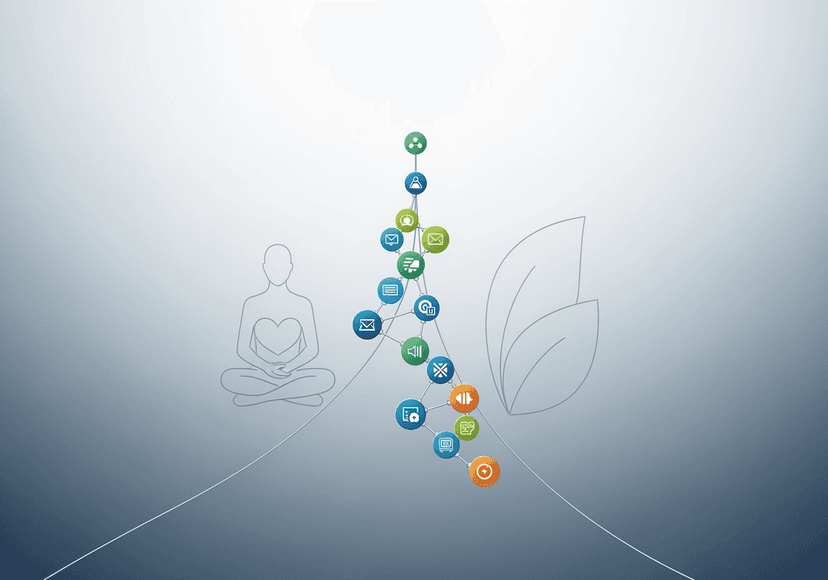
End-to-End Logistics for Cancer Treatment with Healthtrip's Support
Detailed guide on cancer treatment, featuring doctors, hospitals, risks, recovery,

Healthtrip's Care Coordinators: Your Support During Cancer Treatment
Detailed guide on cancer treatment, featuring doctors, hospitals, risks, recovery,

Healthtrip's Care Coordinators: Your Support During Cancer Treatment
Detailed guide on cancer treatment, featuring doctors, hospitals, risks, recovery,
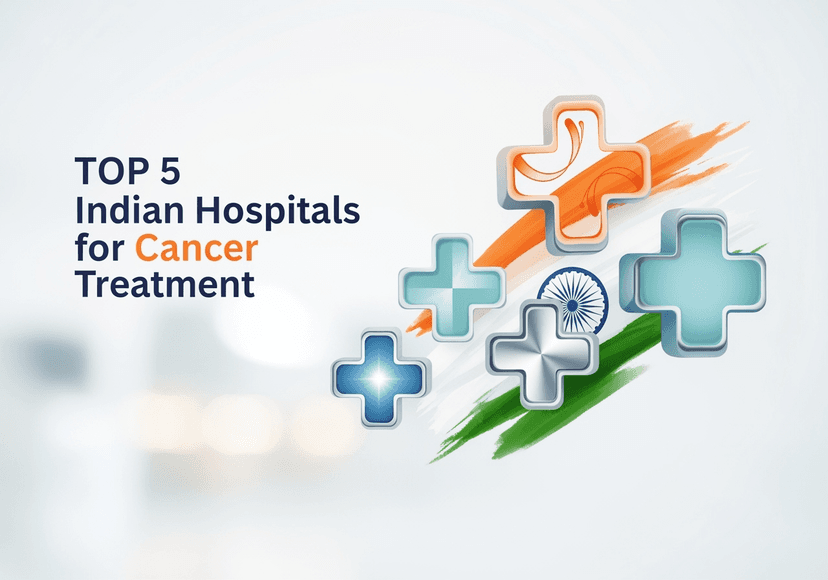
Top 5 Indian Hospitals for Cancer Treatment
Detailed guide on cancer treatment, featuring doctors, hospitals, risks, recovery,
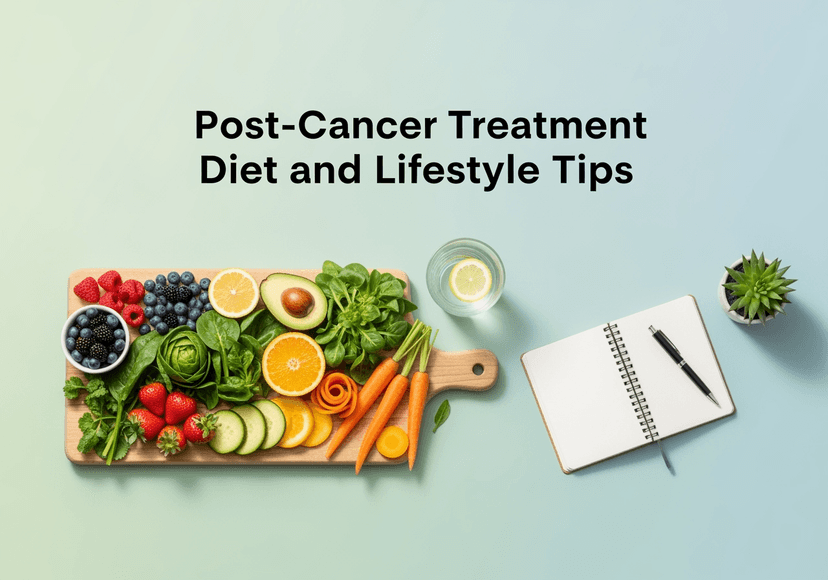
Post-Cancer Treatment Diet and Lifestyle Tips
Detailed guide on cancer treatment, featuring doctors, hospitals, risks, recovery,





